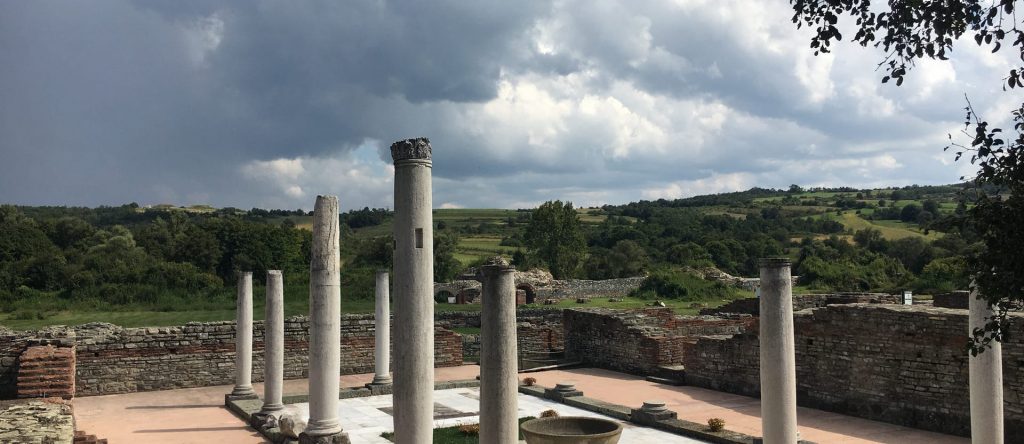Serbia is well known for its rich history, but did you know that there is a long tradition of Serbian winemaking? This is another reason why the country is a hidden gem of Europe. Although wine is enjoyed throughout the country, some parts are more famous than others when it comes to winemaking. This time we are taking you to eastern Serbia, to a village that was built to produce and serve wine in the first place.
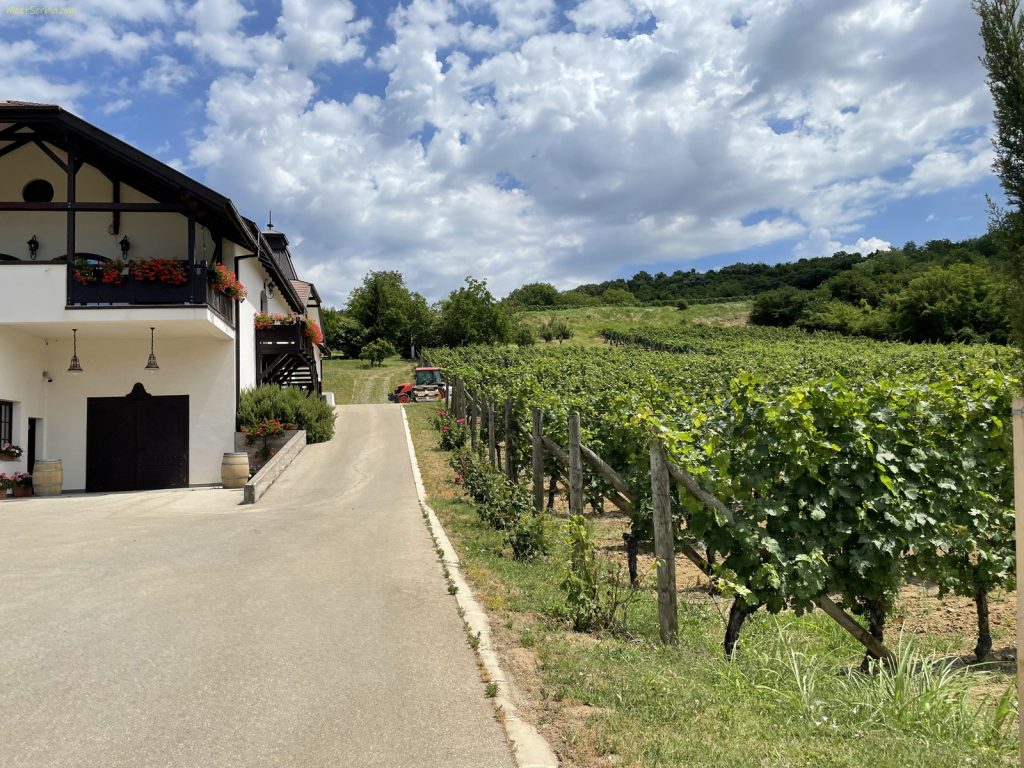
RAJAC WINERIES SERBIA
About 1,700 hectares of the area that belongs to Negotin municipality is covered with vineyards. People are making wine here for more than 7 centuries.The best way to learn about the Serbian winemaking tradition is to visit Rajac Wineries, 25 km from Negotin. The village is called Rajačke Pimnice in Serbian. The name comes from Rajac mountain the village is situated on, and the word for wine cellars is ‘pimnice’.
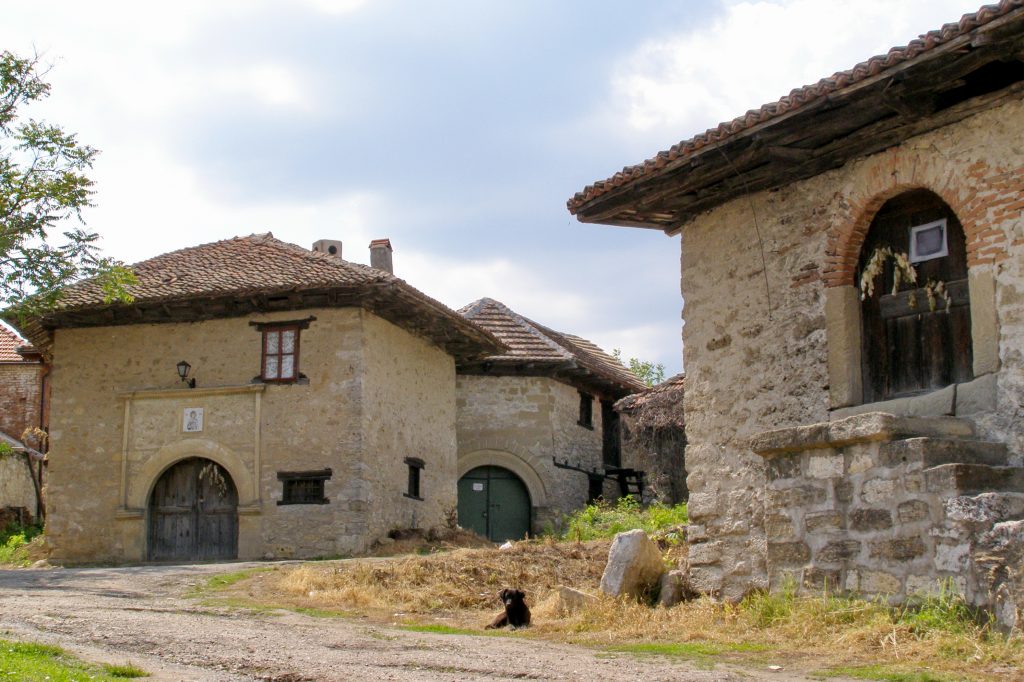
So, these 18th-century pimnice were built for the sole purpose of grape growing and winemaking. Their wooden or stone walls were 60 cm thick to preserve the right temperature. The wine was stored in huge barrels in premises underground. Small rooms on the first floor served as places to rest for family members during the harvest season.
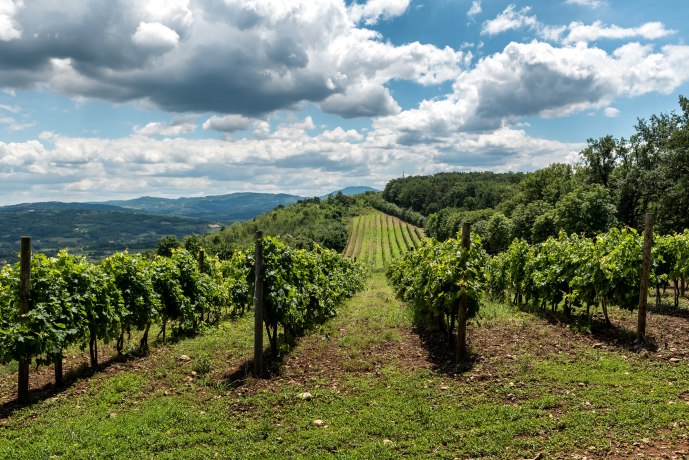
Even though Rajac Wineries are unique constructions that are partially still in use, such villages disappeared long ago. Still, they say that every house in the valley once owned one such wine cellar-house on Rajac’s slopes. That is why it’s interesting to visit Rajačke Pimnice where you can still see 270 houses gathered around the village fountain. Some of the cellars are still open offering local wine. You can either taste a glass or two or buy a bottle to spice up the rest of your stay in Serbia.
Other ‘pimnice’ are turned into cozy rustic restaurants that serve local Serbian dishes to enhance that special taste of wine in your mouth!
FELIX ROMULIANA SERBIA
If you would continue driving southwards, after 55 km or so, you would reach one of the best-known tourist attractions in Serbia. Located above the spa settlement of Gamzigrad, the famous Felix Romuliana Serbia adorns the hillside. It’s easy to understand why this spot was chosen to house such a construction.
The complex of the royal palace is built in the 3rd and the 4th century to honor Roman Emperor’s mother Romula. The emperor’s name was Galerius. Even though he established his court in Thessaloniki Greece, his wish was to erect a great palace back where he was born and where his mother would live. Galerius did not spare funds to make the place grand and his mother happy.
So, the complex that is declared the world heritage site by UNESCO consisted of the royal villa, temples, altars, mausoleums. They were all richly decorated in wall paintings and floor mosaics, some of which are displayed at the museum on the site. The brick decoration, mosaics, and columns are typically Roman, making you forget that you are not in Italy.
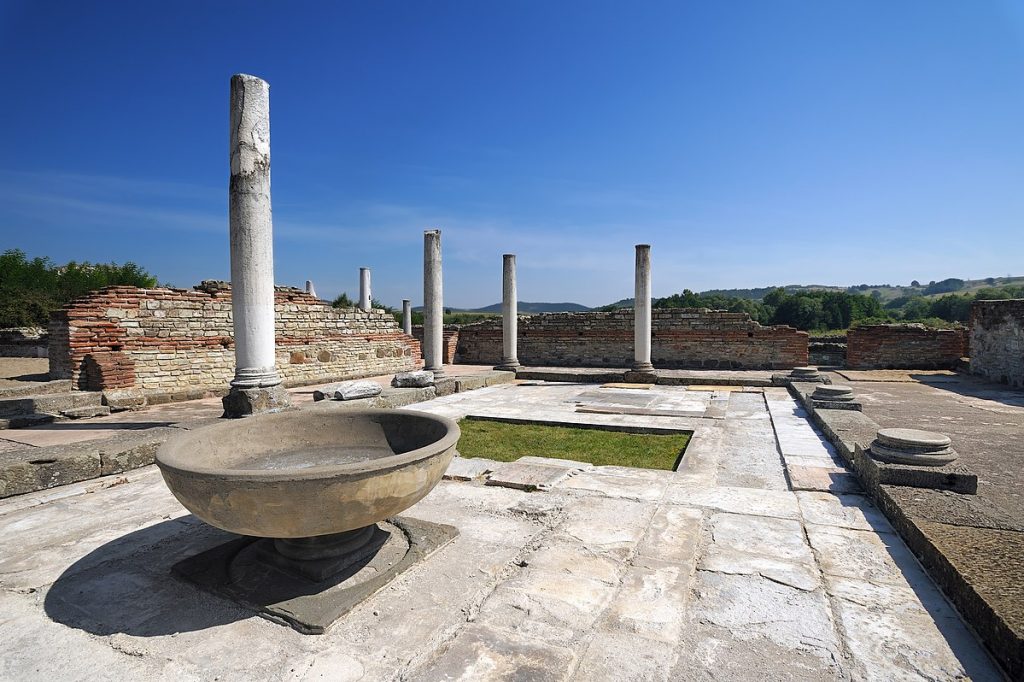
Mother and son, Romula and Galerius, were buried in the mausoleum on the Magura hill above Felix Romuliana. This is one great location for a resting place with a stunning view of the surrounding valley – the view fit for a king. Or an emperor.
And now, just imagine traveling through time like this: from the 18th century in Rajac Wineries with a glass of wine, to the 3rd century Roman palaces and mosaics! And you are still in Serbia!

